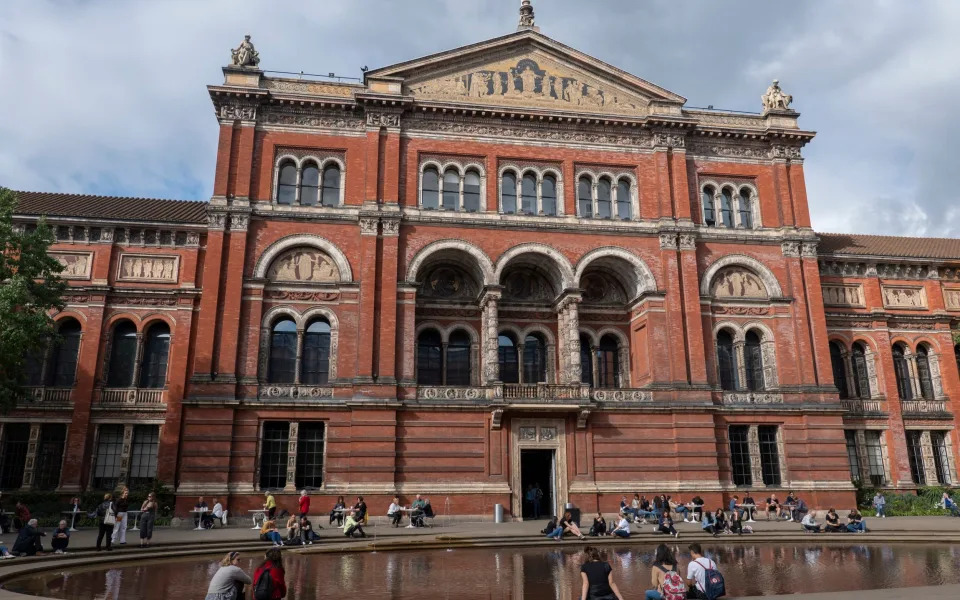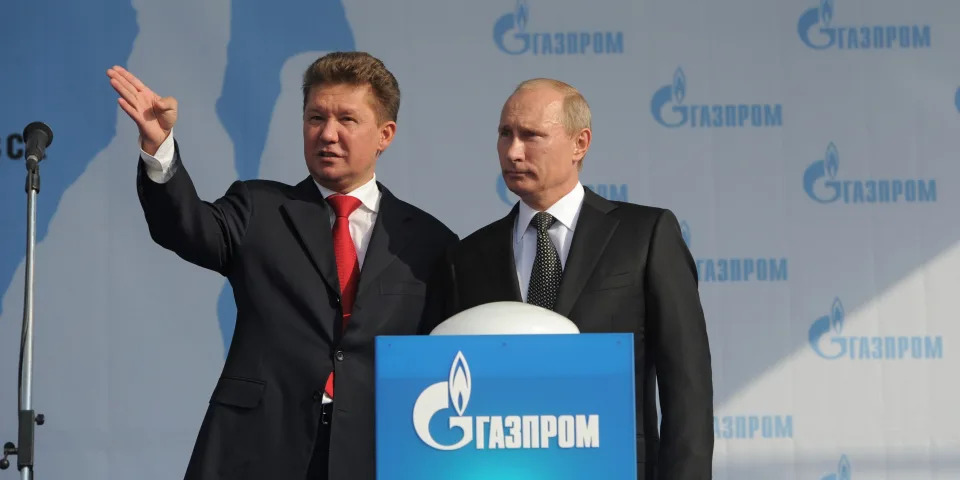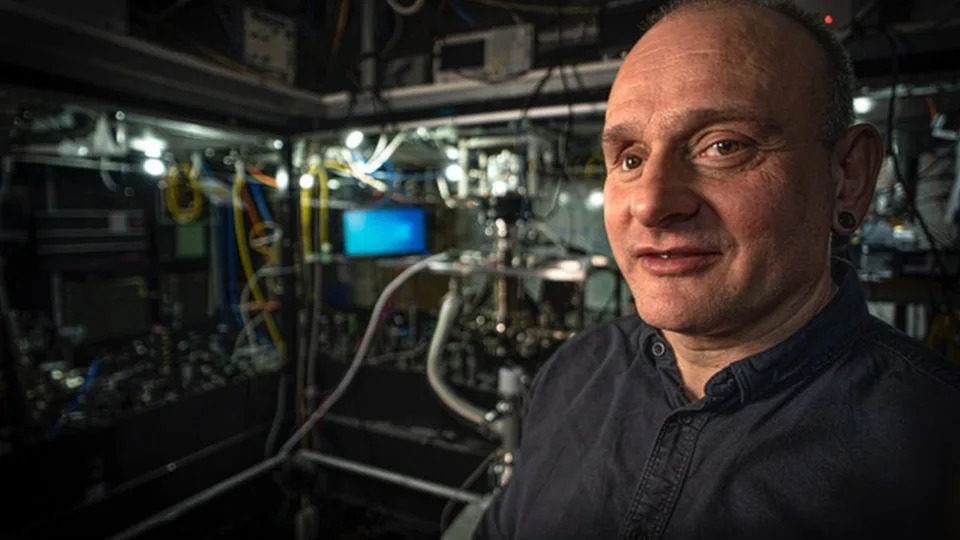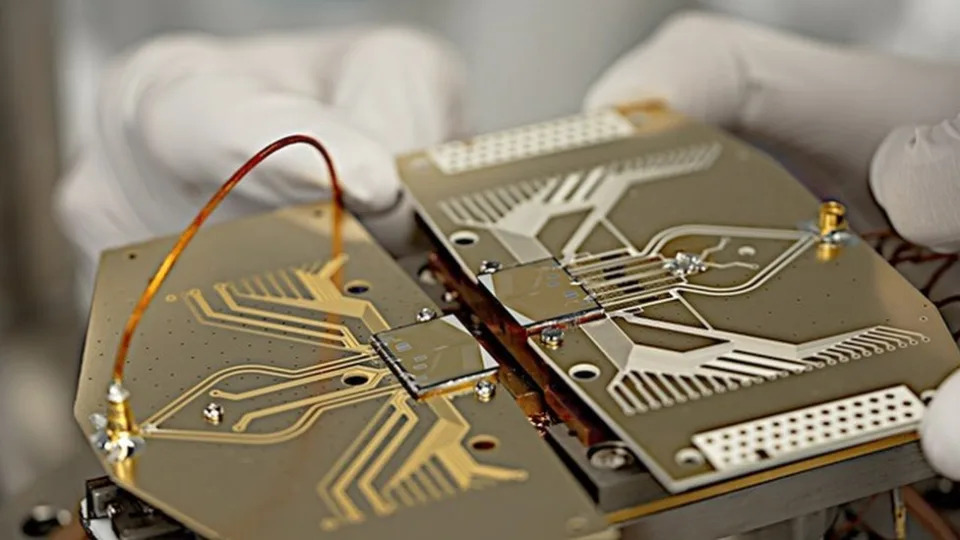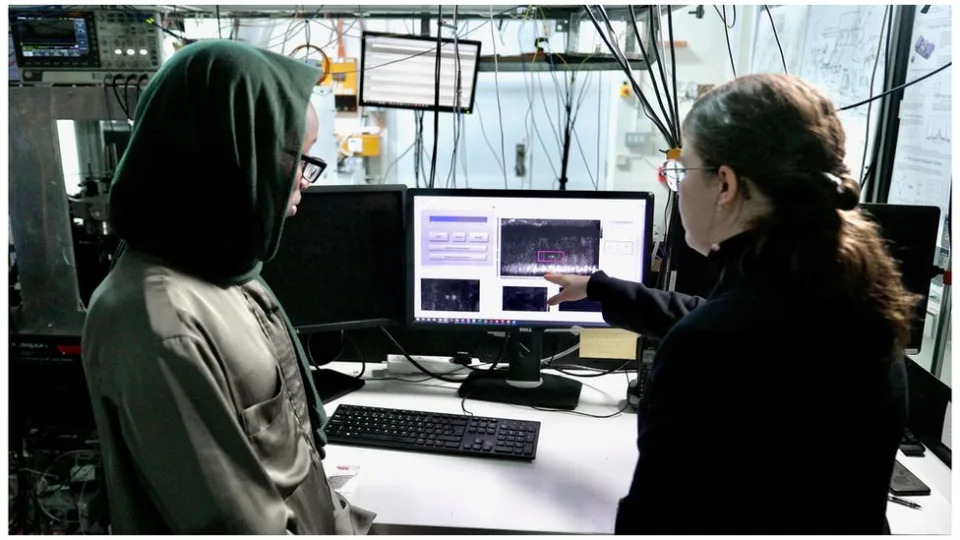Daily Beast
Abused Russian Troops Relocated After Leaking Beatings by Own Allies
Shannon Vavra – February 8, 2023

The Russian Ministry of Defense is transferring some mobilized Russian troops out of Donetsk in Ukraine after they reported that the militia of the Donetsk People’s Republic beat them earlier this month, according to Vladislav Khovalyg, the governor of Tuva.
The Russian troops, who were trained in the Novosibirsk region of Russia, began fighting at the front in Ukraine in December, according to Novaya Gazeta. But come February, the militia in the DPR began beating them, troops said in a video message shared with Russian news outlets and posted to Telegram.
“On February 4, the military from the DPR arrived. They fired at us with machine guns,” said the Russian troops, who came from Tuva, a region in southern Siberia. “The military police came and beat us.”
Another video appears to show a Russian soldier getting knocked down and held at gunpoint.
The withdrawal of the Russian soldiers following the beatings peels back the layers on Russia’s attempts to integrate the illegally annexed Donetsk in Ukraine with Russia, and could be a sign that Russia’s efforts to integrate the militia in Donetsk with Russia’s military are not going smoothly.
Moscow illegally annexed Donetsk, along with Luhansk, Zaporizhzhia, and Kherson, in October. Russia’s military has also just formally integrated occupied areas of Ukraine into its Southern Military District in an attempt to further meld together the occupied territories with Moscow, according to a British intelligence report released this week.
“The Russian military likely aspires to integrate newly occupied territory into a long-term strategic posture,” the intelligence report stated.
Putin’s Men Fear ‘Minced Meat’ Fate in New Offensive
The integration, though, might not go over well for some time, since the deployment of forces has not been systematic, the intelligence report warned. “It is unlikely to have an immediate impact on the campaign: Russia currently deploys forces from across all of Russia’s military districts, commanded by an ad hoc deployed headquarters,” the intelligence assessment said.
Russia’s illegal annexation of territories in Ukraine last fall has been bungled since the start. The Kremlin admitted in the early days after the annexation that it wasn’t clear on what the borders of the claimed territories were. And within days of laying claim to the land, Ukraine’s military was able to claw back some of the occupied regions, such as Lyman in Donetsk.
Indications that the integration efforts with the claimed territories are faltering coincides with western officials’ warnings that Russia is preparing to unleash a new offensive against Ukraine in the coming months. Moscow is plotting to mobilize between 300,000 to 500,000 troops in addition to those mobilized last year in the so-called “partial mobilization,” according to a Ukrainian intelligence brief.
Even so, the Russian government appears intent on signaling that Russian President Vladimir Putin is prepared for a prolonged fight with Ukraine. Russian Defense Minister Sergei Shoigu held a press conference on the status of the war Tuesday, in what was likely an “attempt to posture the Russian Ministry of Defense (MoD) as an effective and involved leadership apparatus as the Russian military prepares for a renewed major offensive in Ukraine,” the Institute for the Study of War (ISW) said in an analysis.
“Shoigu likely held this press conference in order to create the guise of formality and legitimacy for the Russian MoD as it continues efforts to reform the Russian military, prepare for a renewed offensive, and set conditions for prolonged operations in Ukraine,” the ISW said.







